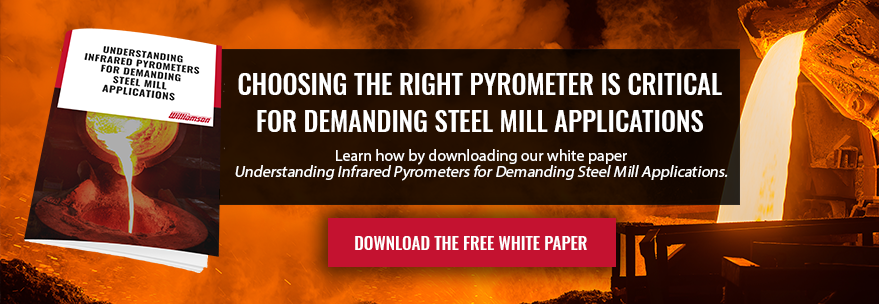
Steel is one of the strongest and most useful substances on earth, but during the manufacturing process it can be unexpectedly fragile. Seemingly minor variances in temperature can have vastly disproportionate outcomes in terms of the resulting product. Sometimes the consequences are relatively minor, such as a production slowdown that lasts for an hour or two, but more severe cases may result in product that is unusable, wasting valuable time and resources. These four tips will help you to identify manufacturing issues and teach you how to strengthen your quality control processes.
1. Visual Inspection: Identifying Poor or Inconsistent Product
Any steel industry veteran knows the value of visual inspection. Defects in your output are often obvious and simple to identify with a careful visual overview. There are many unique processes within steel making, all with their own variables and inconsistencies to be managed. As an example, some common defects that steel manufacturers may run into in the rolling mill process include:
- Inclusions on the surface of the metal strip. These take the appearance of lines or irregular splotches and occur due to problems in the rolling process.
- Split layers. These are often due to either excess gas or non-metallic inclusions in hot-rolled steel. The gas or inclusions prevent the layers of steel from welding together, forming visible strata and partial delamination of the steel sheet.
- Bubbles in the steel. These are formed by gas inclusions. They are typically exposed during the rolling process when the thickness of the steel is reduced. At this point, they’ll take the form of blisters.
While visual inspection is important in every step of the steel making process, it is more beneficial to address problems before they affect your output. Appropriate instrumentation will provide you with the ability to see manufacturing defects as they occur, and even take corrective action. This will help reduce waste and result in a more high-quality product.
2. Detect Above-Average Heating Times
You can’t just heat steel until it’s red hot and then start molding or working with the material. Depending on the characteristics you want, there are several actions you may need to take, such as heat-treating it at a certain temperature for a specific amount of time. Controlling the time-temperature relationship results in the kind of high-quality steel that your customers expect. Failing to control this relationship results in inconsistent steel or poor mechanical properties.
To keep consistent, high-quality product, industry experts rely on the use of infrared pyrometer temperature measurement. Thoughtful wavelength selection allows these sensors to accurately monitor the temperature at every stage of manufacturing, and detect process errors that may lead to prolonged heating patterns.
3. Mitigate Uncontrolled Cooling
It’s not just important to heat your steel to a certain temperature. The rate at which it cools is also a vital factor. Cooling metal too fast will result in hard, brittle steel that’s unsuitable for industrial applications. Even if you’re machining or manufacturing with steel at room temperature, friction can cause your steel to eventually heat up. This must be carefully controlled.
Although steel in an industrial environment is usually kept cool with the use of coolant sprays, a high-temperature differential between different areas of the steel can lead to damage from thermal fatigue. Using a pyrometer will allow you to find abnormally cool areas and detect sudden cooling throughout the manufacturing process. This will let you find process remedies such as re-positioning cooling headers to create a more stable temperature balance.
4. Identify Inaccurate Sensors
An infrared temperature sensor will be inaccurate if it is not using the appropriate wavelength technology or if it is out of calibration. It’s important to recognize that when you’re using the correct technology with a properly calibrated sensor, you can view through obstructions, including steam, flames, and gasses. When you carefully select the right pyrometers for your application, you will minimize the problems associated with using inaccurate sensors.
Avoid Manufacturing Issues With Careful Wavelength Selection
Heating and cooling management is an important aspect of any rolling mill but visual inspection can only catch errors after the fact. A properly calibrated infrared temperature sensor will provide accurate temperature readings and can help strengthen your quality control process by detecting errors before they happen, avoiding plant downtime and bad product.
The steel mill is a demanding environment, which can make it difficult to find the right temperature measuring devices for your unique applications. To learn more about the use of infrared pyrometers in demanding steel mill applications, download your free white paper.

